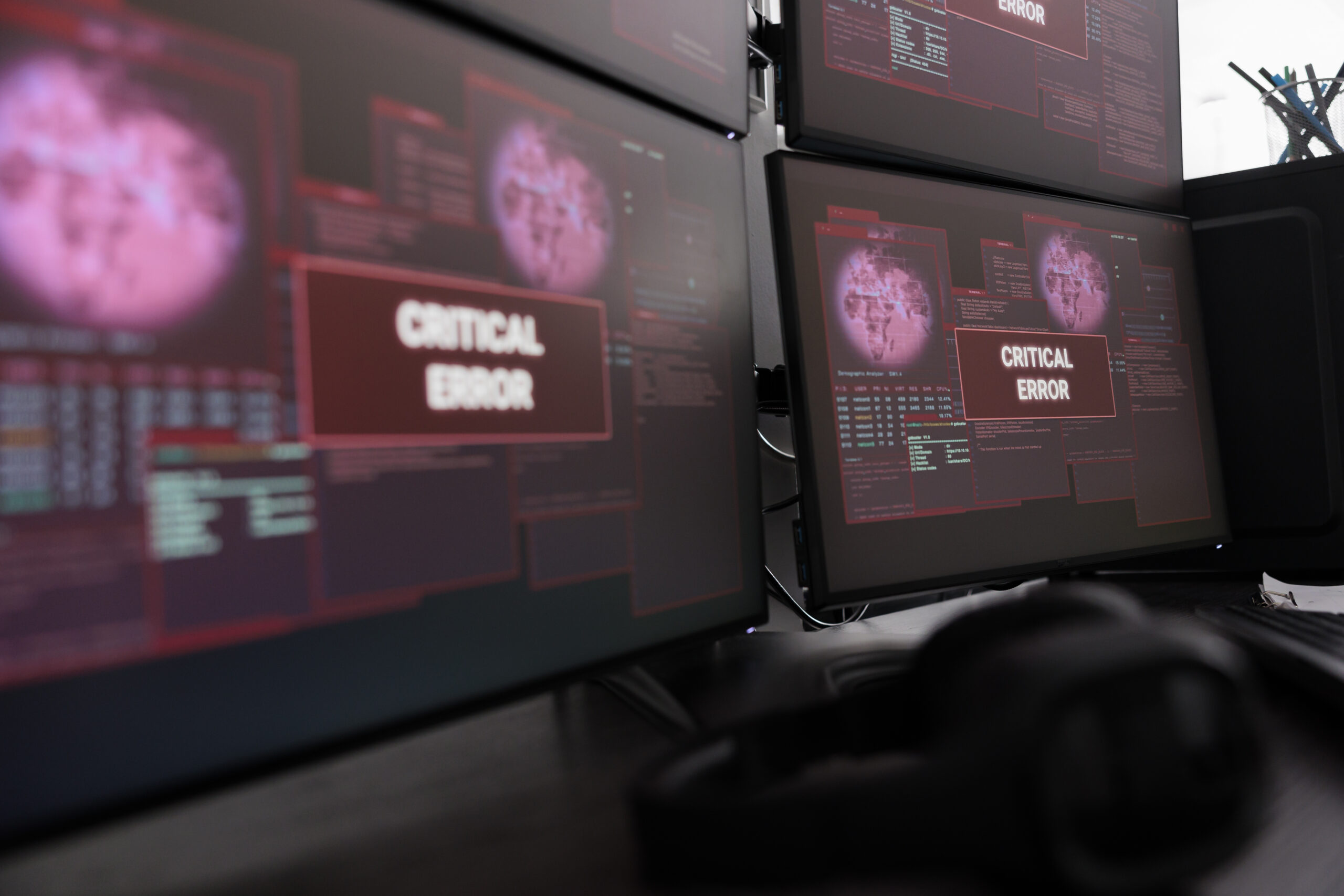In today’s digital landscape, where cyber threats are constantly evolving and IT operations are increasingly complex, AI-powered threat detection and AIOps (Artificial Intelligence for IT Operations) are emerging as indispensable tools. By merging machine learning, analytics and automation, these technologies are transforming security protocols and optimizing IT systems to provide better, faster and more proactive solutions. Let’s delve into how AI is driving these innovations and reshaping the future of IT.
AI-Powered Threat Detection – The New Standard in Cybersecurity
AI-powered threat detection relies on machine learning and pattern recognition to identify and address cyber threats in real-time. Unlike traditional security systems that follow static rules, AI-driven solutions continuously learn from new data, adapting to detect emerging threats.
Key Advantages
• Proactive Detection – AI systems identify risks early, reducing the time needed for response.
• Continuous Learning – Machine learning allows systems to evolve with emerging threats, enhancing long-term resilience.
• Lower False Positive Rates – Advanced AI algorithms are more accurate, helping reduce alert fatigue and improve focus on real threats.
Applications in Security
From firewalls to antivirus software, AI-based detection tools assess network traffic, user behavior, and data patterns to flag potential risks. In SIEM (Security Information and Event Management) platforms, for instance, AI helps detect unusual behaviors by analyzing event logs, making it easier for security teams to act swiftly.
AIOps – Streamlining IT Operations with AI
AIOps (Artificial Intelligence for IT Operations) uses AI-driven analytics and automation to simplify and enhance IT processes. With cloud technology, hybrid networks and extensive data increasingly complicating IT infrastructures, AIOps helps companies address challenges in real time by identifying and solving issues before they escalate.
Core Functions of AIOps
• Data Analytics – Gathers and analyzes data from logs, metrics and network flows, offering a holistic view of system health.
• Machine Learning for Pattern Detection – Learns from historical data, allowing IT teams to predict and prevent potential issues.
• Automation – Handles routine tasks, freeing up IT teams to focus on critical issues and innovation.
Benefits of AIOps
• Faster Incident Resolution – Identifies root causes, helping reduce system downtime.
• Predictive Maintenance – Forecasts potential system failures, ensuring smoother operation.
• Resource Optimization – Ensures efficient use of resources, lowering costs and enhancing performance.
Application Areas
AIOps is valuable in monitoring performance, optimizing cloud resources, predicting outages and managing storage. For example, it can detect early warning signs of server issues, automatically redirect traffic to available servers and even self-correct issues to maintain service continuity.

The Power of AI in Integrated Threat Detection and IT Operations
The combination of AI-powered threat detection and AIOps delivers a comprehensive approach to both security and operational efficiency. When integrated, they offer continuous monitoring and a streamlined response to potential threats, enhancing the resilience of IT infrastructures.
Benefits of Combining Threat Detection and AIOps
• Unified Visibility – With an integrated approach, security and operations teams gain a unified view of threats and system health.
• Accelerated Responses – AI systems respond to incidents faster than traditional human-centered processes.
• Data-Driven Decision Making – AI analytics provide actionable insights that support both security and IT strategies.
Real-World Use Cases
Consider a financial institution that uses AIOps to monitor its servers for irregular patterns. If a spike in traffic is detected and flagged as suspicious, the AI-powered threat detection system can help isolate the affected network, safeguarding customer data while AIOps restores system stability.
Challenges in AI-Driven Threat Detection and AIOps
Despite their advantages, AI-powered threat detection and AIOps have their challenges. Implementing these systems can be complex and costly and organizations often face hurdles like –
• Privacy Concerns – Handling large volumes of data brings challenges in data privacy, especially in regulated industries.
• Integration Complexity – Integrating AI systems with legacy IT infrastructure can be a resource-intensive process.
• Talent Shortage – The demand for skilled AI and cybersecurity professionals often exceeds supply, creating a talent gap.

The Future of AI in IT Security and Operations
AI in IT security and operations is still evolving, with self-learning systems on the horizon that could autonomously manage more security and operational tasks. Future advancements may see AI refining detection capabilities, allowing for faster, more comprehensive responses that ensure a more resilient IT ecosystem.
AI-powered threat detection and AIOps are revolutionizing IT security and operations. By incorporating advanced analytics, automation and continuous learning, these tools empower organizations to tackle the challenges of cybersecurity and IT management with a proactive, data-driven approach. Adopting these innovations not only enhances organizational defenses but also allows IT teams to focus on what matters most, paving the way for a more secure and efficient future.



























